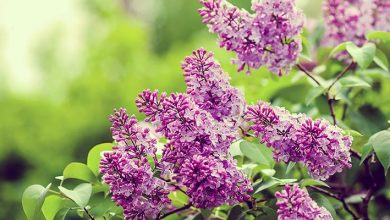How to choose the right substrate for plants
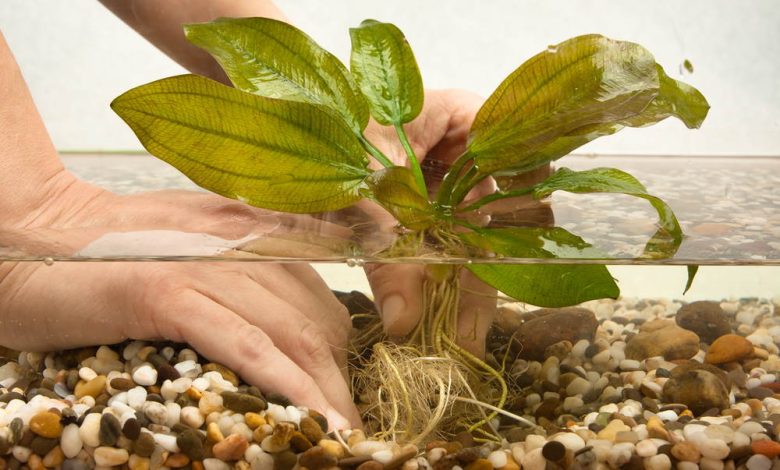
Although a priori it may seem like an unimportant aspect, the truth is that how to choose the right substrate for plants is essential for their growth and well-being. Let us bear in mind that it is precisely this substrate that is in charge of feeding and providing them with what they need, and we are not only talking about nutrients: even in the type of texture of a substrate, part of the health of a plant resides, so it is essential to choose the appropriate substrate according to each plant species.
Not all plants have the same needs, nor are all soils suitable for any of them. While some (such as rose bushes) require heavier and more impermeable soils that retain irrigation water, for other species (such as succulents) it is essential that the soil is porous.
But, in addition to this aspect, there is another almost as vital: the pH. An index of acidity or alkalinity that is fundamental for each specific plant species to prosper, and that marks its growth in a vital way.
For these reasons, it is important to know how to choose the right substrate for each plant, starting with the basics: knowing how to differentiate the types of land.
TYPES OF SUBSTRATES FOR PLANTS
The range of substrates for plants is as wide as there are plant species with specific needs. A commitment to guarantee each plant the levels of fertility, drainage and, even, what is the effect that this soil will have on a certain plant species.
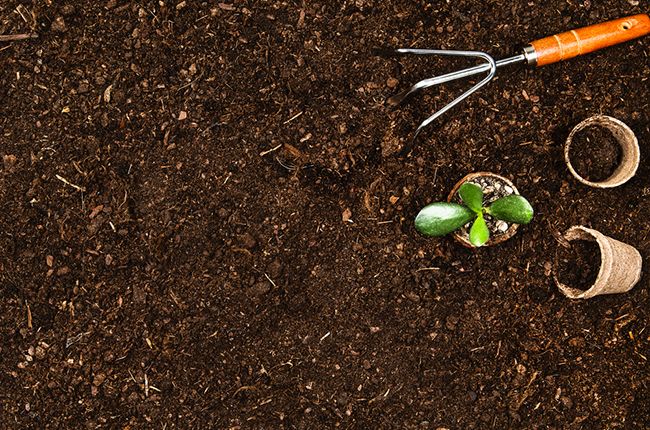
To know this last aspect, it is important to pay attention to some initials that we will find in each bag of substrate: NPK. An indication of the percentages of Nitrogen (N), Phosphorus (P) and Potassium (K) in a certain composition. Thanks to it, we will be able to know exactly what nutrients we will be providing to a plant to achieve either flowering (for this, the substrate will have a high level of Phosphorus and Potassium), or only growth and maintenance of the green color of the plant. indoor plants (in this case, the percentage that prevails will be that of Nitrogen).
Let us therefore discover the types of substrates that can be found and what their applications are for each plant species.
Universal substrate: suitable for most plants. It is characterized by being a spongy, porous soil (thanks to the presence of perlite in its composition), with a balanced pH (between 6.5 and 7) and easy to hydrate. In addition, it maintains the irrigation water well. It is an ideal substrate for both indoor and outdoor plants, and even for the garden.
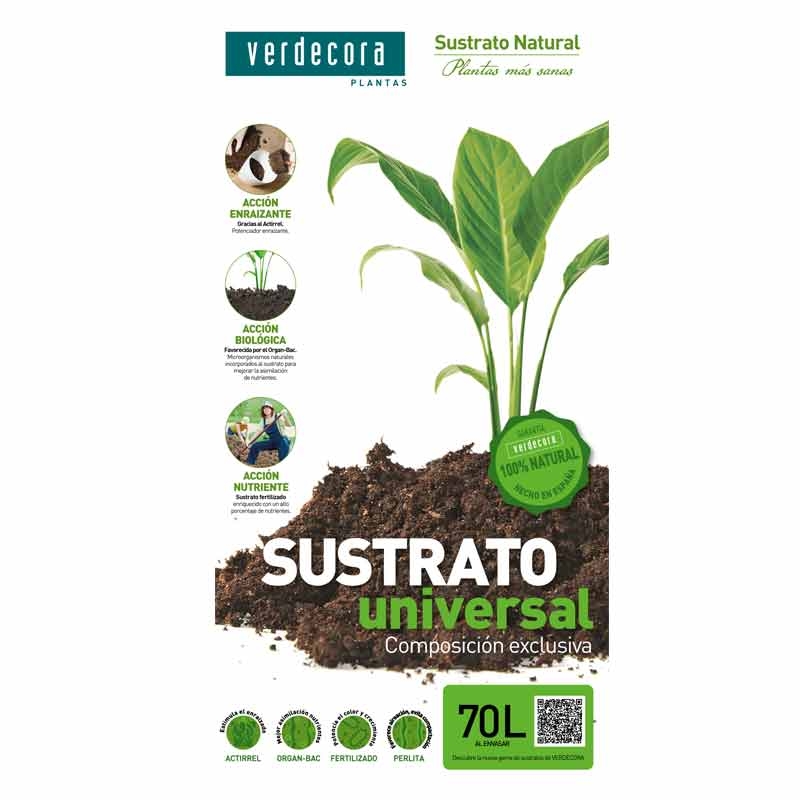
Discover our Verdecora composition here
Planting or transplant substrate: specific for these cases in which the plants will need a significant supply of nutrients and even hormones to root correctly. Most of the formulas include compost (to favor the proliferation of humus in the soil) and, in addition, due to their formula they are good soils to retain water.
Substrate for flowering plants and geraniums: soil with a high concentration of guano (completely organic fertilizer) that stimulates flowering but also enhances its color. In addition, this type of substrate is rich in perlite to promote aeration. Ideal land for both indoor and outdoor flowers.
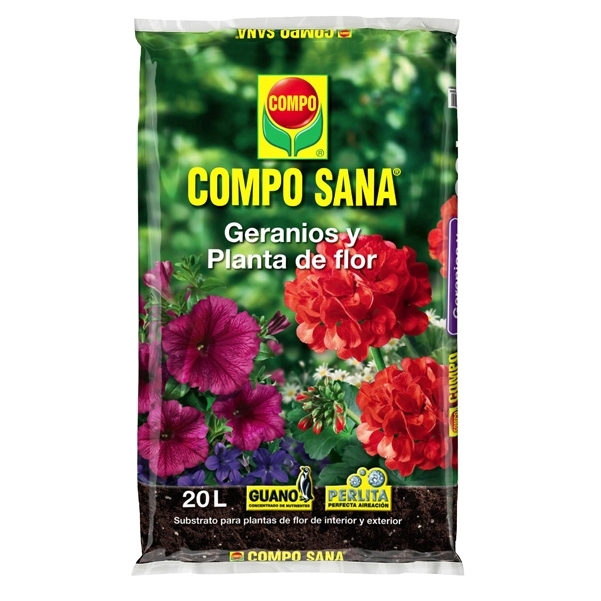
Discover this substrate here
Indoor green plants: this type of substrate will help maintain the characteristic color of this type of plants thanks to a correct supply of nutrients (NPK). In addition, they support the retention of irrigation water (they have perlite in their composition) and they have root stimulators. Palm trees and ferns would also be in this group of plants.
Substrate for orchard: our horticultural, aromatic and fruit plants demand a high percentage of nutrients from which they can grow and bear fruit. That is why it is important to choose the right substrate (both when it comes to seedbeds, which will have specific needs and need support to take root, and when it comes to more advanced crops in the garden). This type of substrate encourages the growth of our garden plants during the first weeks thanks to its composition, and it has a high concentration of guano.
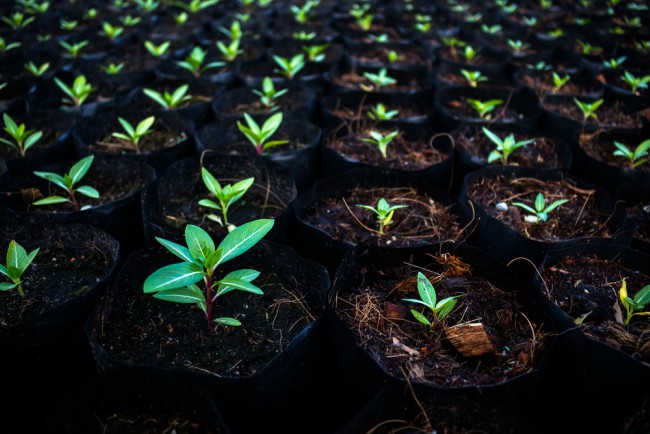
Substrate for bonsai: soil with a soft and permeable structure thanks to the optimal mixture of quartz sand (ideal for proper drainage and avoiding any waterlogging) and clay minerals (to allow the bonsai to retain the nutrients it needs).
Substrate for acid plants: in this vegetable club we would be contemplating Azaleas, Hydrangeas, Heathers, Camellias (which are now about to bloom, but which we will have to transplant with these tips shortly if we want them to grow)… and a long list of species that they demand soils with a pH lower than 6.5 (in fact, they are at 4.5). Thanks to this pH level, we will be guaranteeing the correct absorption of nutrients but also of iron (to avoid its paleness).
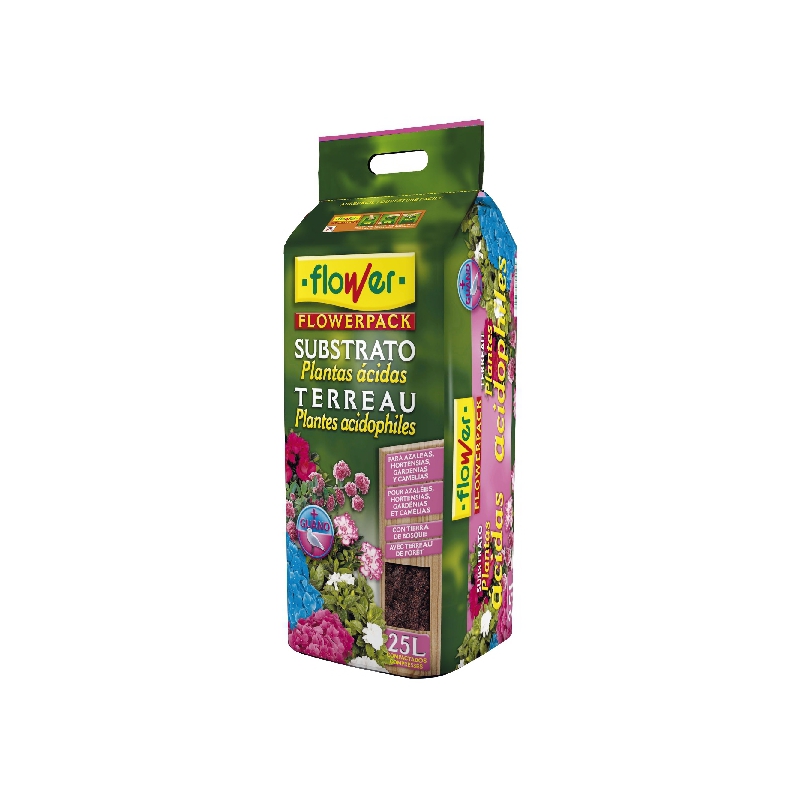
Take a look at this substrate here
Substrate for orchids: since in their natural environment they are usually hanging from trees or even from their trunks, orchids need a substrate that recreates (in some way) those conditions. Something that we will achieve with a good proportion of pine bark (which allows the roots to grow radicularly) and take root without that harmful excess of moisture that we talked about in this other post.
Substrate for rose bushes: rich in clay, strong and ideal for maintaining both the freshness that we achieve with irrigation and the nutrients. These types of substrates help make the soil in which the rose bush grows fertile (one of its basic needs to grow and flourish, making it a soil rich in nutrients) and have a slightly alkaline pH.
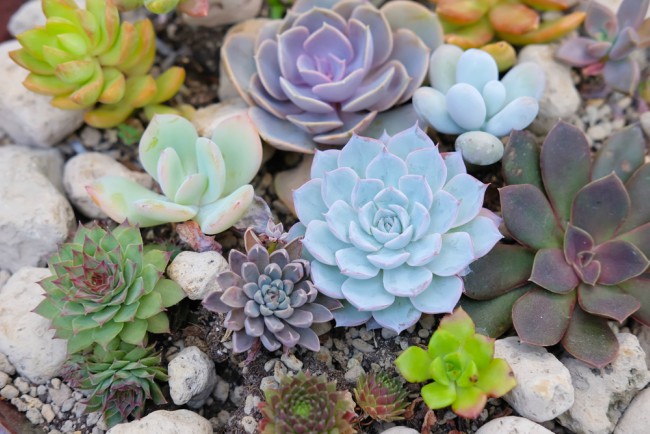
Substrate for succulents (succulents and cacti): it is characterized by being a very loose, aerated and porous soil to allow this family of plants proper drainage. In addition and due to its poverty (they have a low organic matter index), this type of substrate is usually enriched with a specific rooting agent and with magnesium (to alleviate the nutrient poverty of the substrate, feeding the plant correctly).
Substrate for ponds: specific soil for these small ecosystems that bases its formulation on a mixture of clays (which favor the slow release of nutrients and prevent the formation of algae) and quartz sand (which prevents the pond water from becoming cloudy).
A world, that of the land, designed so that you get the most out of your plants and enjoy them as they should be done: taking care of them so that they give away their natural beauty.
Look here at all the types of substrates that you can find in our centers and online store> Types of substrates

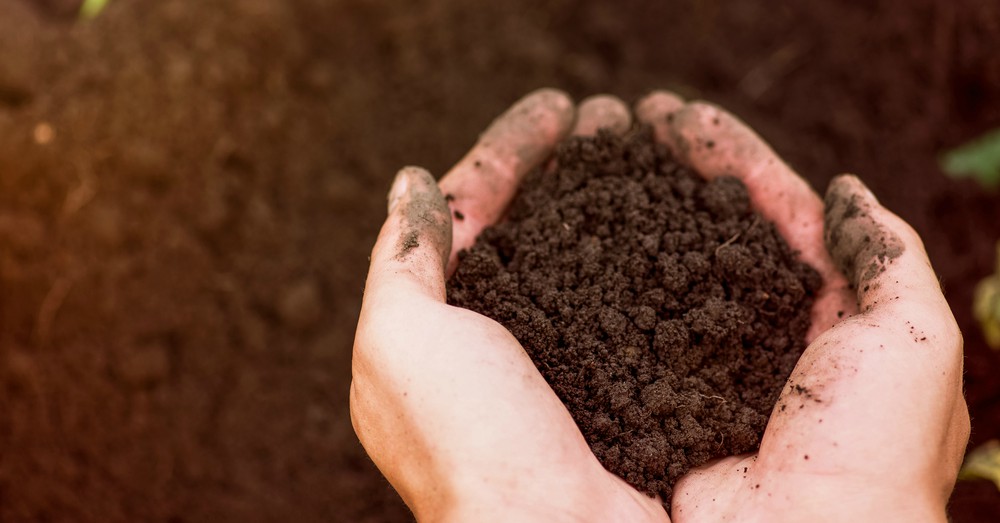
![Photo of Albizia Julibrissin: [Cultivation, Irrigation, Associations, Pests and Diseases]](https://www.complete-gardening.com/wp-content/uploads/2022/08/albizia-julibrissin-cultivation-irrigation-associations-pests-and-diseases-300x220.jpg)
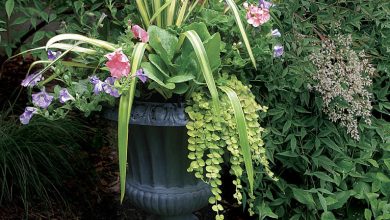
![Photo of Beet Pests and Diseases: [Detection, Causes and Solutions]](https://www.complete-gardening.com/wp-content/uploads/2022/08/beet-pests-and-diseases-detection-causes-and-solutions-390x220.jpg)
